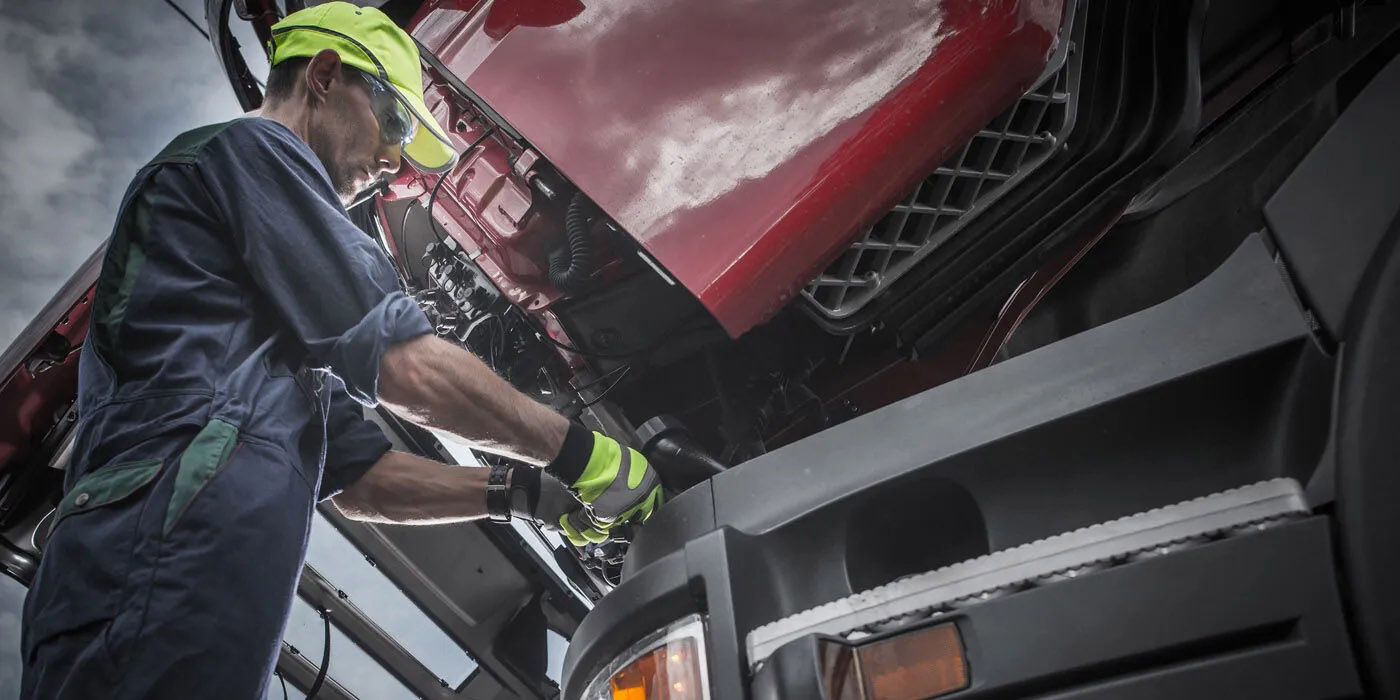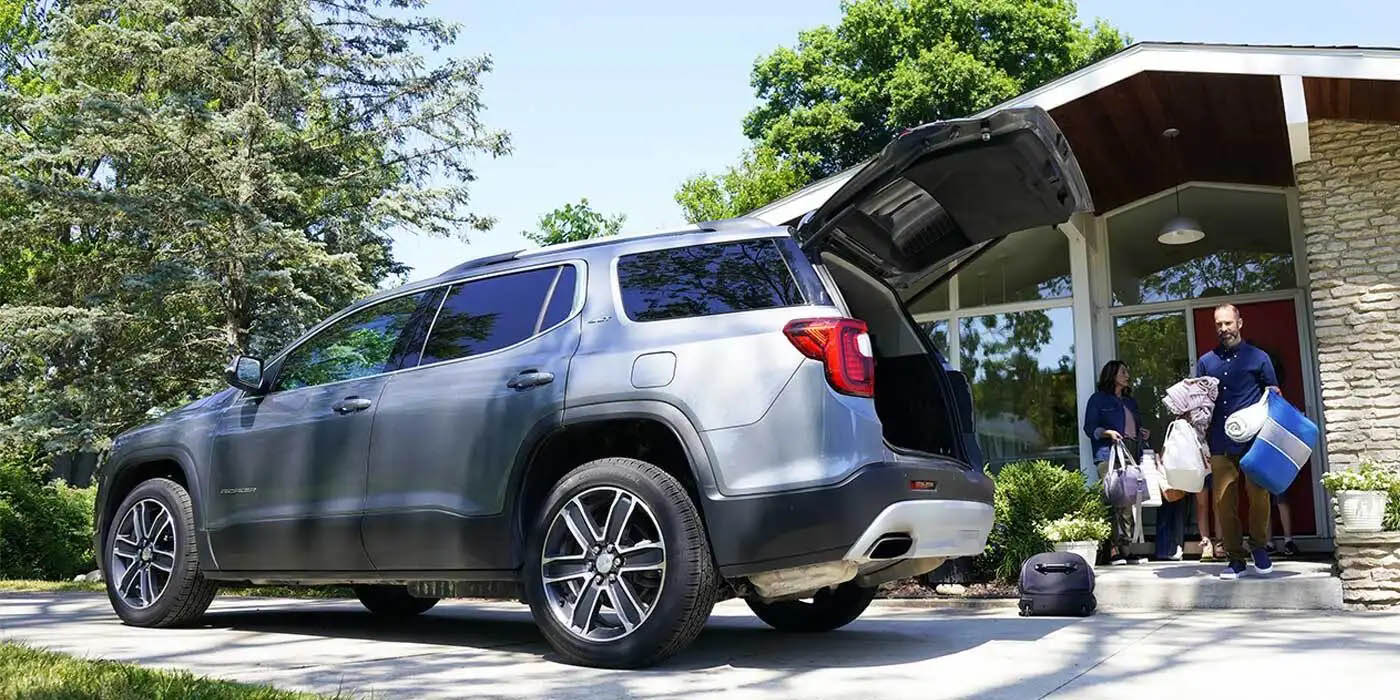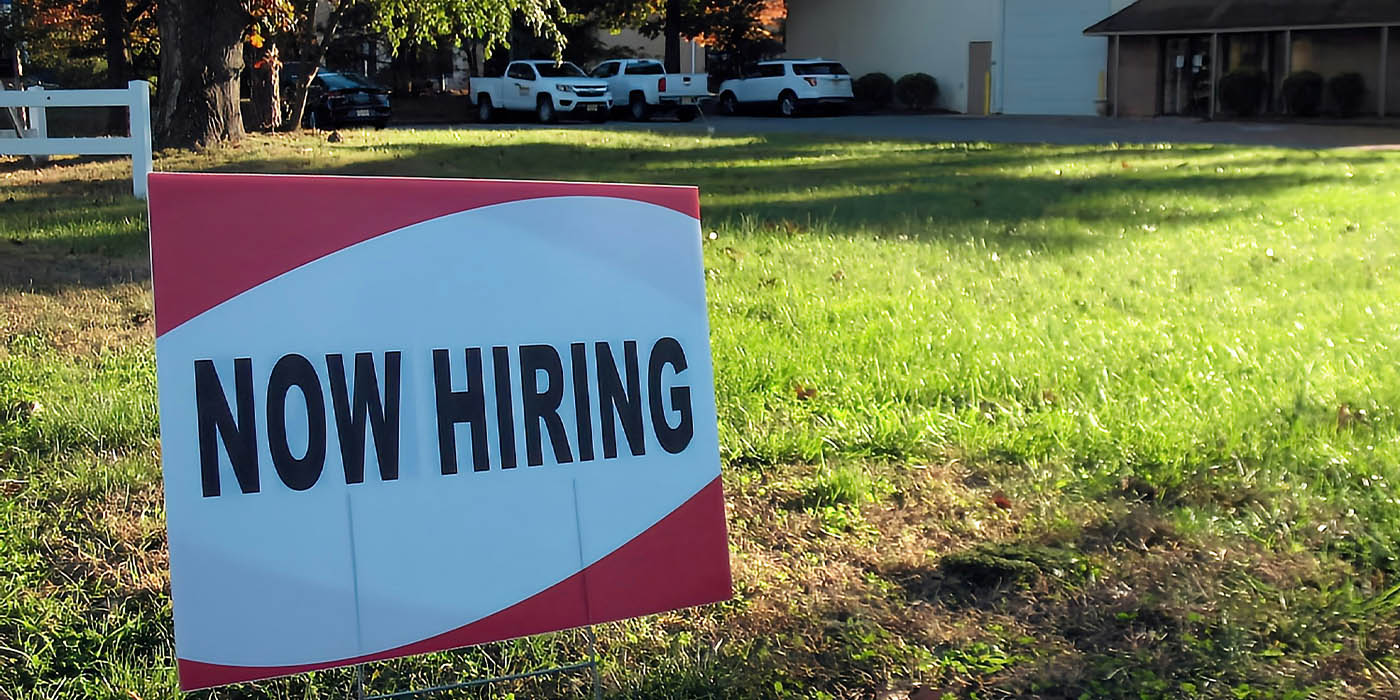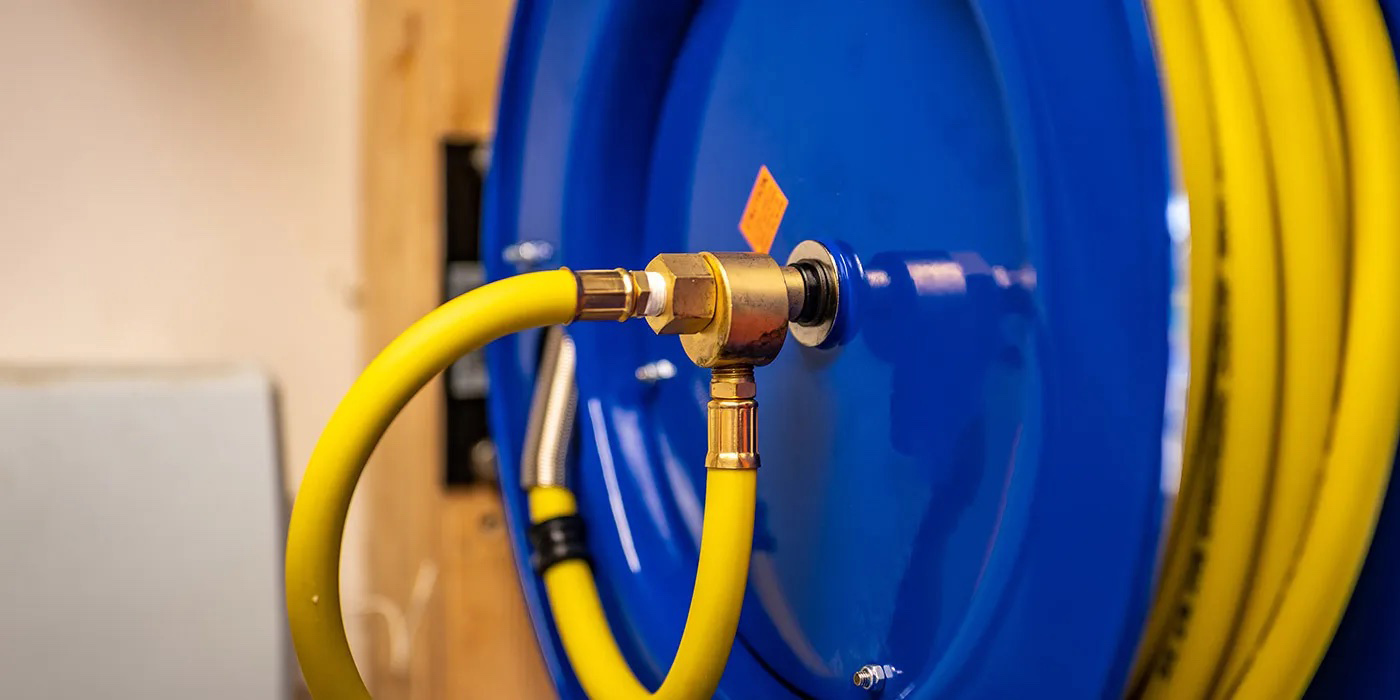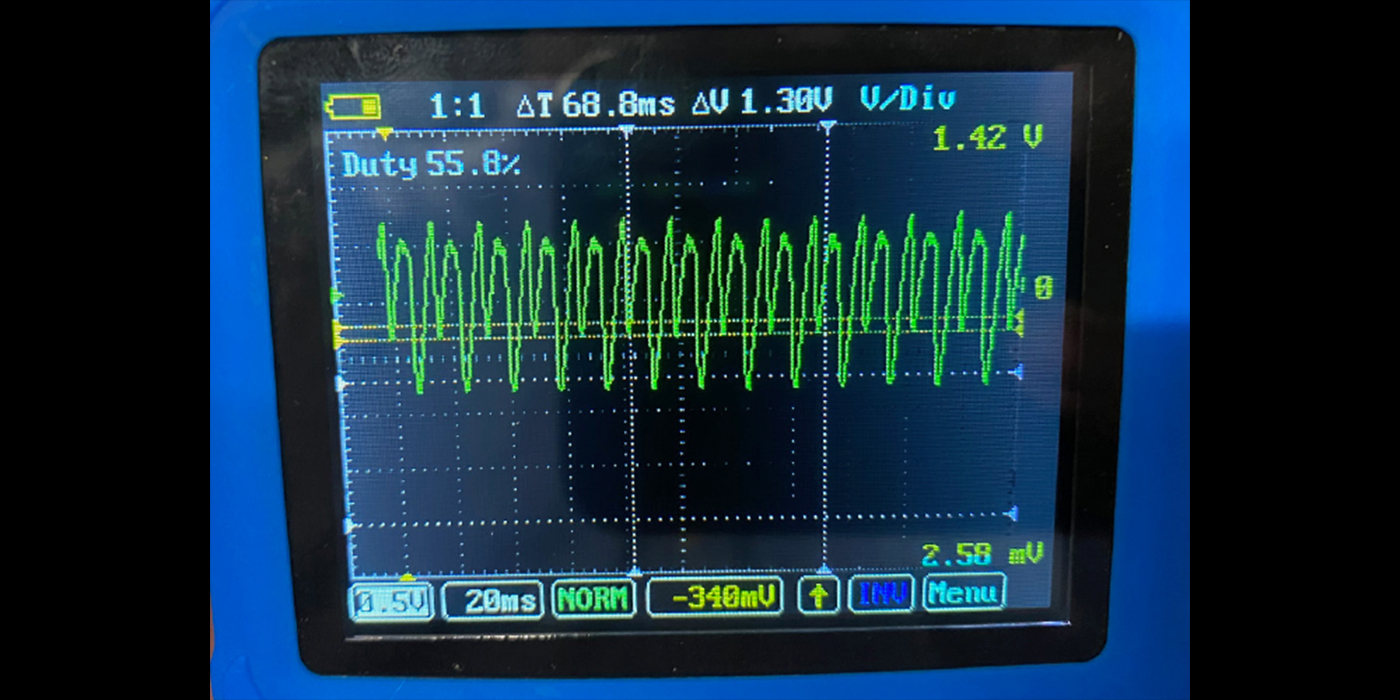 Imagine you could save your customers time, money and frustration all while earning their loyalty and adding to your shop’s bottom line.
Imagine you could save your customers time, money and frustration all while earning their loyalty and adding to your shop’s bottom line.
Instead of trying to convince a mistrusting customer that his or her vehicle needs important maintenance work based on a mileage estimate programmed into your CRM software, imagine knowing to the exact mile how much that vehicle has been driven and having proof that said maintenance is needed.
Or being able to tell a customer exactly how much battery life his or her car has left, preventing a no-start situation on a cold winter morning.
No, we’re not talking about developing a sixth sense. And we’re not dreaming of some distant future technology.
All this is possible right now thanks to vehicle telematics.
But all of this dazzling technology has serious business ramifications for independent tire dealers.
Simply put, telematics is a broad term that applies to a range of automotive connectivity solutions. Most OEMs offer some form of telematics, whether it’s embedded within the vehicle models themselves, or a tethered device or smartphone integration.
For the purposes of this article, we will use the term ‘telematics’ to refer to embedded systems offered by OEMs – GM’s OnStar or BMW’s ConnectedDrive, for example.
Embedded telematics, which generally provide services to drivers on a subscription basis, are primarily used for safety (collision detection, remote door unlocking, stolen vehicle recovery, etc.) and infotainment (GPS, Wi-Fi, multimedia, etc.).
But the real opportunity – and what independent tire dealers should be concerned with – lies in the role telematics can play in the vehicle maintenance and repair cycle.
Think about it: OEMs have the capability of tracking vehicle mileage, sending drivers notification via text or email that service is due – at the exact moment it is needed – and referring them to the nearest car dealer. Automakers also can alert a driver when a repair is needed right after a vehicle’s “Check Engine” light illuminates.
Essentially, telematics creates a closed circuit between OEM, car dealer and driver, one that leaves your dealership and all other similar businesses out of the loop.
Luckily, the automotive aftermarket is collectively at work to prevent this from happening – to allow the independent repair shop and tire dealer to re-enter the equation – through development of aftermarket telematics devices and, if all else fails, legislation.
Solution for Independents
According to Kathleen Schmatz, president and CEO of the Auto Care Association, the closed circuit of OEM-dealer-driver is no accident, but a way to better service vehicles while they are under warranty and beyond.
“Car owners can receive notices when their vehicles are due for regular service or even when their vehicle is experiencing a problem that needs to be addressed. Once aware of the problem, the car owner can use the telematics system to easily make an appointment with the nearest dealer without even picking up a phone,” she explains.
“Since the car is transmitting significant information on the operation of the vehicle systems, car companies also can use that information to predict failures and, therefore, provide both the motorist and their dealer with prognostics which will permit a car owner to address an issue before it occurs. This information also will permit a manufacturer to determine more quickly if a component or vehicle system is not working properly, fix it faster and at a reduced cost.”
While there are, admittedly, some great benefits provided by telematics, they give OEMs a “significant competitive advantage in the battle for repair dollars,” according to Schmatz. “The most worrisome part of this equation is that the telematics system will keep the car owner and the manufacturer connected way beyond the warranty period, possibly for the life of the vehicle.
“The group that controls the data will control the market,” she says.
The near-term solution lies in a dongle that connects through a vehicle’s OBD II port – aftermarket devices that permit independent shops to access their customers’ vehicles, Schmatz notes.
There are some downsides to this seemingly simple solution, however.
“Only one company at a time can access this information through this port. For example, if the insurance company has their device on the OBD port, a tire dealer or repair shop cannot put a device on the port – and the amount of information available is also limited,” Schmatz explains. “Further, the car companies have expressed concern that the OBD II port was not made for this use and that these devices are causing problems with the normal vehicle telematics system.”
The longer-term solution, and Auto Care Association’s position, is that OEMs need to provide a standardized platform whereby the telematics system could be accessed by entities other than the car company, according to Schmatz. With that goal in mind, the association is working with an industry coalition, the Telematics Taskforce (aftermarkettelematics.org), to help develop this solution.
“While we are presently attempting to work with the manufacturers to make this happen, if an agreement cannot be worked out, then the industry might need to go the legislative route,” Schmatz notes.
Aftermarket Options
Aftermarket providers understand that the threat of telematics is real, and have developed solutions they think will help put independents on a level playing field. Available options include Delphi’s Connected Car Telematics system, Verizon’s In-Drive services, Mechanic Advisor’s Connection Key and many more, as well as dozens of commercial fleet-specific providers.
“When car dealers have the ability to know a vehicle’s health remotely, they have an advantage over anybody,” says Malcolm Sissmore, North American sales director of traditional markets and telematics for Delphi Product & Service Solutions. “A study a few years ago reported that when they talked to someone about their vehicle health remotely, 70% of the time they were able to get the vehicle to come into the dealership.”
According to Sissmore, right now is the optimal time to invest in an aftermarket telematics solution for your dealership’s customers.
“Today there’s approximately 165 million vehicles on the road in North America that have OBD II diagnostic ports on their vehicle but don’t have any embedded telematics from the OEM,” he explains. “Tomorrow – five, 10 or 15 years from now – as more and more vehicles become embedded with telematics at the OEM level, that number will decrease.”
He cites European Union legislation that requires every new model vehicle to have embedded telematics capable of e-call (the equivalent to our 911) by 2018. “The car parc in Europe will change over to being completely embedded in 10 to 12 years. In North America that will take longer, unless there’s some sort of legislation that enforces similar technology.”
Sweden-based Berg Insight, which offers business intelligence to the telecom industry, estimates that almost 12% of all cars sold worldwide in 2013 were equipped with an OEM embedded telematics system. North America was the most advanced market with an attach rate of around 30%, according to a Berg Insight report titled, “The Global Automotive OEM Telematics Market.”
While he agrees telematics is changing the automotive industry and that automakers will likely look for ways to drive additional business to their dealers, Parker Swift, CEO of Mechanic Advisor, implies it may not be the death knell of independents.
“Telematics is going to change the way drivers repair their car, but I don’t know if it will change the reputation that dealerships are overpriced,” he explains. “Car owners with out-of-warranty vehicles are still going to look to independent shops as a more affordable option.”
That being said, he still agrees that independents should research available aftermarket telematics platforms and make a decision sooner rather than later.
“In the short-term, automakers are going to have little impact on the independent repair shops. It will be years before the independent repair shops see the cars of tomorrow in their garage,” he says. “However, telematics is being introduced by many companies, outside of the automakers, which will bring the technology to all cars, old and new, in the coming years.
“The independent repair shops that look for opportunities within these new technologies will have a large advantage over those that do not.”
Sissmore recommends independent tire dealers sign up with a company that offers a third-party telematics platform that provides robust vehicle health data. “There are lots of different telematics solutions out there, but I’d look for a solution that has diagnostic trouble code interpretations, true battery life monitoring – basically, anything you would normally do in the shop that can be done remotely.”
Business Model Shift
 The key concept to understand is that offering your customers a telematics solution is more than just providing an added service. It’s a two-fold fundamental shift, both in how your customers choose to get work done and how your shop goes about getting business.
The key concept to understand is that offering your customers a telematics solution is more than just providing an added service. It’s a two-fold fundamental shift, both in how your customers choose to get work done and how your shop goes about getting business.
“Right now you have tire or oil change specials and you get people in your shop and inspect their vehicles for wear and tear and look at the mileage. You advise repairs or maintenance at that point,” Sissmore says. “With telematics, the vehicle tells the consumer when something is due based on real-time mileage.”
It changes the dynamic of a shop’s business model, he notes, adding, “A shop needs to focus on going and getting the business; it’s not coming to them.…Is your shop ready for telematics? Do you have an outbound sales model to take telematics to your customers?”
Even for customers whose vehicles already have embedded telematics, it’s not too late to capture the business, Sissmore notes.
“What would stop the tire dealer from asking that consumer to forward monthly reports from Onstar, for example, to its service advisor? The shop could then take the information, which would have the mileage, and put it into its existing CRM system,” he says, adding, “The shop could make a deal with that consumer, for example, offer a $5 credit each month that can be used for service if the customer sends the reports.
“The customer can put that toward the subscription fee for the telematics system. Every base would be covered: the consumer has a right to send their information wherever they want, the shop is getting the information, and they have a connected program.”
Telematics has the potential to create transparency within the industry and reduce costly repairs that are a result of underperformed maintenance, according to Swift.
“Most car owners complain that when they are having an issue with their car they don’t know enough to understand the cause, and when it comes to maintaining their car they have no idea what the manufacturer recommends for general maintenance, which when done correctly can prevent most repairs,” he explains. “These factors contribute to distrust within the industry. Many car owners say they think they were ripped off because they don’t know enough to say if their car needed the repair or not.”
The information provided by telematics – embedded or aftermarket – gives car owners “a better understanding of when to go to the mechanic and why,” Swift says. “The hope is that this will bring car owners to the repair shop more often but with less costly repairs. Our device gives independent repair shops a great way to connect with their customers and potential customers outside of their typical repair cycle, which for many is when their car has a critical issue and is broken.”
Selling the Value
 Even after your shop has chosen a telematics platform and adjusted its business model, there’s still a very important piece of the puzzle – convincing customers of the value of telematics.
Even after your shop has chosen a telematics platform and adjusted its business model, there’s still a very important piece of the puzzle – convincing customers of the value of telematics.
The easier sell will likely be to commercial accounts, particularly small fleets, with features like vehicle location, route optimization, vehicle health monitoring and real-time mileage maintenance markers, according to Sissmore.
“One of the biggest changes is going from real-time mileage instead of estimated mileage. For example, you can place a trigger on there that says a tire inspection should be done at 10,000 miles – and multiply that by 10 vehicles for a small fleet,” he explains, adding that a shop can show that the entire fleet’s tire life is being extended by 15% – a savings of more than $1,000, which pays for the telematics program.
“There are so many ways you can take telematics and turn it into one of the best tools in your toolbox to go get more business, instead of waiting for business to find you,” Sissmore adds.
The more difficult sell is on the consumer side, where perceived value varies widely among drivers, who have differing needs.
“The motoring public is interested in paying for a device and services if there is a perceived value to them,” Sissmore says. “In some cases the value can be because a device has driver behavior monitoring, so it’s monitoring a driver’s acceleration, braking and speeding – which can be beneficial to someone who has a teen driver or elderly parent in their family.”
Infotainment, including the ability to create a Wi-Fi hotspot, is another feature that may interest certain consumers.
“It’s all morphing into whatever the perceived value is, and it depends on what the cost ends up being,” Sissmore notes. “The consumer model is the most difficult to find the right value because everyone has different needs.”
While it’s always harder to hit a moving target, we do know one thing about the ever-changing field of vehicle telematics: It’s here to stay.
If you’re going to dive in, research which available offerings best fit your shop – and your customers – and enter the market as soon as possible, while the potential customer base is at its largest.
It may seem like technology of the future, but it’s here today – if you want to go out and grab the business.
Article courtesy of TIRE REVIEW magazine.



